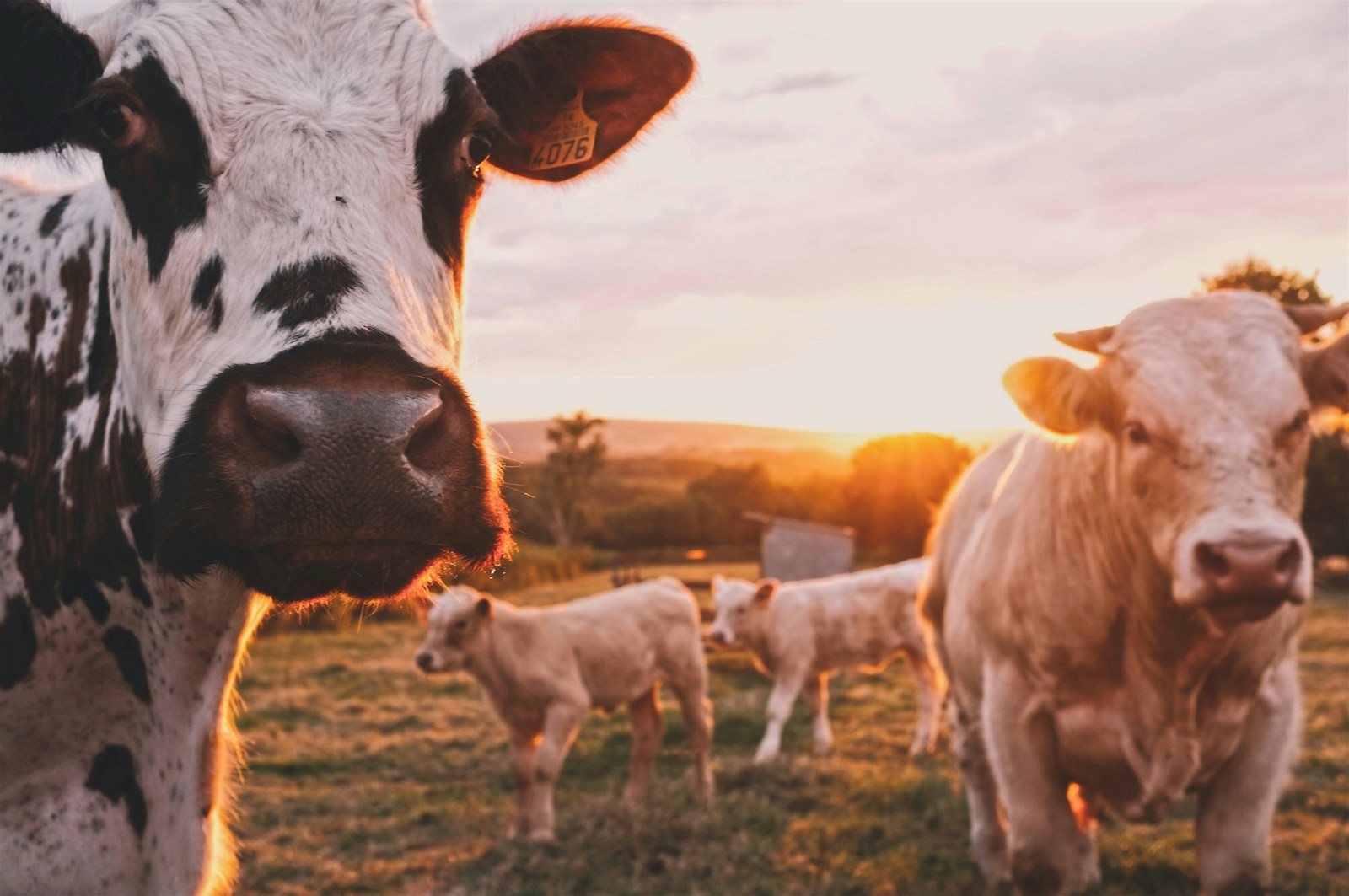Understanding the Terms: Vegan vs. Cruelty-Free
The terms “vegan” and “cruelty-free” are often used interchangeably, but they refer to different ethical practices. Both are crucial for consumers who want to make compassionate choices, but understanding their distinct meanings can help you align your values with your purchases. Let’s explore the key differences and overlaps.
What Does “Vegan” Mean?
A product labeled “vegan” does not contain any ingredients derived from animals. This includes obvious components like meat, milk, and honey, as well as hidden ones like gelatin or carmine. Here’s what being vegan means in various contexts:
1. Ingredients
- Vegan products exclude animal by-products such as lanolin (from sheep wool) or beeswax.
- Search term: “vegan ingredients to avoid.”
2. Foods
- Vegan foods contain no meat, dairy, eggs, or other animal-derived additives.
- Search term: “vegan meal ideas for beginners.”
3. Cosmetics and Skincare
- Vegan cosmetics ensure no animal-based compounds are used, such as collagen or keratin.
- Search term: “best vegan makeup brands.”
What Does “Cruelty-Free” Mean?
“Cruelty-free” refers to products that are not tested on animals at any stage of development. It focuses on the testing process rather than the ingredients.
1. Animal Testing Practices
- Cruelty-free products are developed using alternative testing methods, such as in-vitro testing.
- Search term: “cruelty-free testing methods.”
2. Certifications
- Recognized certifications include Leaping Bunny and PETA’s cruelty-free logo.
- Search term: “certified cruelty-free products list.”
3. Applicability
- Cruelty-free does not guarantee vegan ingredients. For instance, a cruelty-free lipstick might contain beeswax.
- Search term: “difference between cruelty-free and vegan cosmetics.”
Key Differences Between Vegan and Cruelty-Free
1. Ingredients vs. Testing
- Vegan products exclude animal-derived ingredients.
- Cruelty-free ensures no animals were harmed during product testing.
2. Labeling Misconceptions
- A product can be vegan but not cruelty-free (e.g., tested on animals but free of animal ingredients).
- A product can be cruelty-free but not vegan (e.g., contains beeswax or lanolin).
3. Certifications
- Vegan certifications: Vegan Society logo, Certified Vegan label.
- Cruelty-free certifications: Leaping Bunny, Choose Cruelty-Free.
How to Shop for Vegan and Cruelty-Free Products
- Look for Dual Certifications: Products labeled both vegan and cruelty-free ensure ethical practices in both areas.
- Research Brands: Visit brand websites or use apps like “Cruelty-Free” to verify claims.
- Read Ingredients: Familiarize yourself with common animal-derived ingredients to avoid.
- Support Ethical Companies: Choose brands committed to transparency and ethical practices.
Search term: “best vegan and cruelty-free brands.”
Conclusion: Making Compassionate Choices
Understanding the difference between vegan and cruelty-free products empowers you to make informed, ethical decisions. By supporting products that align with both principles, you contribute to a kinder, more sustainable world. Whether you’re searching for “vegan-friendly cosmetics” or “cruelty-free household products,” small choices can lead to significant change.


